Table of Contents
Some dryer lint is good for composting, while other lint shouldn’t go into your bin or pile. Dryer lint from clothes with organic fibers like cotton and wool, has carbon that’s useful for microbial growth. Due to its fibrous nature, compostable dryer lint is an excellent absorber, especially for excessively wet compost piles.
That said, omit dryer lint collected from synthetic clothing like nylon, polyester, and spandex as they do not biodegrade like the rest of your organic materials. A risk of microplastics and slow decomposition are associated with these materials.
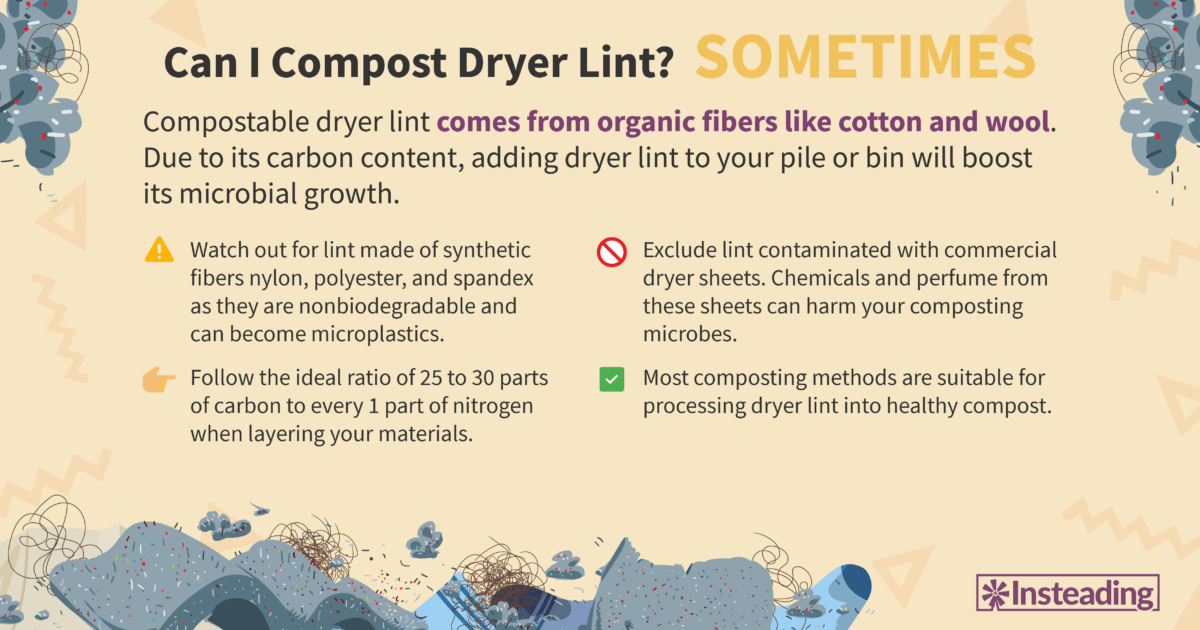
Most composting methods are suitable for dryer lint. However, if none of these methods are feasible for you, there are genius ways to give your disposable lint a second life.
Continue below as we give you all the “must-know” on how to compost dryer lint efficiently.
How to Compost Dryer Lint
The United States Environmental Protection Agency deems dryer lint safe for composting. It is composed of dust, hair strands (both animal and human), and stray fibers from your clothes that usually get trapped in a laundry dryer.
Identifying the source of the lint and achieving optimal compost conditions are key factors for a successful composting activity.
Preparing Dryer Lint for Composting
Ensure that your dryer lint is biodegradable from natural fibers. Clothes made entirely of cotton, linen, or wool usually produce compostable dryer lint after laundering.
However, synthetic fibers found in some clothes with polyester for example, can produce microplastics and resist proper decomposition, contaminating your compost and soil.
In your laundry space, allocate a container like an empty milk carton or biodegradable grocery bag for collecting compostable dryer lint. Every time you clean the lint trap, add the resulting dryer lint to the container until full.
Consider your compostable dryer lint as carbon-rich brown material. Gradually add it to your compost bin or pile, layering it with other organic ingredients.
Optimal Composting Conditions for Dryer Lint
Follow a carbon:nitrogen ratio of 25 to 30 parts carbon to every 1 part of nitrogen when composting dryer lint. A good balance of these organic materials will generate favorable conditions for microorganisms and boost the efficient decomposition. Used coffee grounds, fresh grass clippings, fruit, and vegetable trimmings are excellent sources of nitrogen. Meanwhile, hold on to those dead leaves, and untreated sawdust, as they can also provide carbon.
Maintain your compost wet, but not too soggy. Sufficient moisture is crucial for a healthy compost, so add water when necessary. Turning the pile regularly will also help distribute moisture evenly among your natural materials. If your compost heap becomes overly wet, incorporate more carbon materials like dryer lint to soak up the extra moisture.
Aim for the optimal temperature range between 90 and 140 degrees Fahrenheit when hot composting dryer lint. Constant turning of your hot compost pile for aeration will encourage heat generation of composting microorganisms.
Consider these conditions when processing compostable dryer lint into healthy soil amendment.
How Long Does Dryer Lint Take to Compost?
Dryer lint made without synthetic materials breaks down much quicker than other carbon materials such as wood chips or sawdust. Proper compost pile management can speed up this process even more.
But including synthetic fibers will hamper the decomposition rate of your natural dryer lint, so it’s best to avoid them.
How Dryer Lint Affects the Composting Process
Due to its carbon content and fibrous nature, adding compostable dryer lint can positively impact your bin or pile.
Impact on Decomposition
Compostable dryer lint can promote efficient decomposition. Natural fibers break down quickly, while synthetic ones turn into microplastics.
By avoiding synthetic dryer lint, you can maintain an entirely organic compost.
Microbial Activity
Dryer lint encourages the growth of microbes. A balanced mix of brown and green materials in your compost bin or pile further supports these beneficial microorganisms.
To protect these organisms from harmful chemicals and microplastics, avoid including dryer lint from clothes made of synthetic fibers.
Temperature and Moisture
Continuous microbial activity will heat up the temperature of your compost heap.
Compostable dryer lint, with its absorbent fibers, can take in excess moisture in a damp bin or pile. This effectively maintains a balanced moisture level.
Potential Issues With Composting Dryer Lint
The main concern with composting dryer lint is the possibility of contaminating your compost pile with synthetic fibers, which may not break down like other organic waste.
Will Composting Dryer Lint Attract Pests?
Composting dryer lint in a well-managed compost pile doesn’t usually draw pests. However, anaerobic decomposition of other organic materials can produce smells that entice animals. To avoid this, aerate your compost pile regularly by turning and regulating moisture levels.
Will Composting Dryer Lint Cause Odors?
Dryer lint wouldn’t cause unpleasant smells when composted properly and anaerobic decomposition is avoided.
Methods for Composting Dryer Lint
There are various methods suitable for composting dryer lint.
Hot Composting
Dryer lint is a welcome addition to hot compost systems. Due to its carbon content, dryer lint helps raise the temperature produced by composting microorganisms in hot piles. This particular method largely relies on heat to break down organic materials. While hot composting generates nutritious compost faster, it demands more care and upkeep compared to other methods.
Constant turning and regular temperature checks are necessary for a successful hot compost. Use a shovel for turning and a long-stemmed backyard thermometer for temperature checks, aiming to maintain a 90 to 140 degrees Fahrenheit range.
Cold Composting
Another simple way to compost dryer lint at home is through cold composting. It is considered the most basic method because it requires little to no human intervention during the decomposition process. Simply alternate layers of your compost materials and follow the ideal ratio of 25 to 30 parts of carbon to every 1 part of nitrogen. Oxygen, moisture, and a balanced mix of materials are key to successfully cold compost dryer lint and other organic materials.
This method is fitting for first-time composters, but keep in mind that it yields compost slower due to the lack of heat.
Vermicomposting
Dryer lint from organic clothing fibers can be added to your worm bin in minimal amounts. Gradually integrate the material into your worm farm’s diet, and provide a diverse food source (dryer lint alone as a food source isn’t beneficial to worm farm health). The resulting worm castings can be used to nourish your garden soil.
Exclude lint that has been in contact with dryer sheets. Chemicals and perfume from dryer sheets can be harmful to your vermicomposting worms.
If you are uncertain of your dryer lint’s composition, it’s best to discard it to protect your worm farm.
Bokashi Composting
You can safely add dryer lint with organic fibers to a Bokashi bin, but it provides minimal nutrients for fermenting microbes. This method is unique because it involves the anaerobic decomposition of natural materials.
The Bokashi method keeps waste – particularly food scraps – away from oxygen, because Bokashi bran microbes primarily thrive on carbohydrates and proteins. Dryer lint only contains small quantities of these nutrients.
Alternatives to Composting Dryer Lint
When composting dryer lint isn’t possible, consider other sustainable options below.
Industrial Composting of Dryer Lint
Some large-scale composting facilities accept dryer lint and other organic household wastes. These commercial institutions have varying policies on dryer lint due to the possibility of nonbiodegradable components in it.
Contact your local facility to learn more.
Upcycling Dryer Lint
There are plenty of interesting ways to use dryer lint.
Due to its fibers, dryer lint can easily catch fire. Use it as a fire starter on chilly days when you’re lighting your fireplace or campfire.
Large and compacted dryer lint is a great liquid absorber. Soak up spills on your counter or floor with this inexpensive material. Additionally, lint works well when oiling metal items if a brush or other tool is unavailable.
And if you need stuffing for any craft project, dryer lint is a handy option.
Disposal Options for Dryer Lint
When none of the other options are feasible, collect your dryer lint and dispose of it in an appropriate garbage bin.
What Dryer Lint Shouldn’t Be Composted?
Avoid composting dryer lint from clothes made with synthetic fibers. These inorganic materials don’t biodegrade and can produce microplastics, polluting your compost.
If you use dryer sheets for laundry, don’t include the resulting lint in your bin or pile. Dryer sheets contain chemicals and perfumes that can harm composting microbes.
Safety and Precautions When Composting Dryer Lint
Aim for optimal composting conditions to efficiently process dryer lint.
After composting activity, wash your hands with soap over running water.
FAQ
Can you compost dryer lint from all types of clothing?
Not all dryer lint is compostable. Clothes with synthetic fibers like nylon, polyester, and spandex are formed with polymers derived from natural gas and petroleum by-products. Risk of chemical contamination and microplastics in soil are linked to these types of fabric. Additionally, synthetic fibers are not biodegradable.
Can you compost dryer sheets?
Most commercial dryer sheets are made of nonbiodegradable polyester which is not good for composting. Additionally, chemicals and perfumes from dryer sheets can leak into your compost and cause harm to beneficial microorganisms.



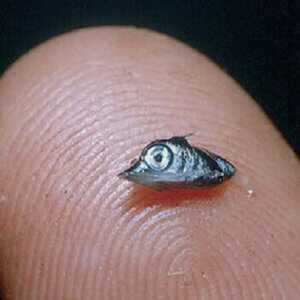


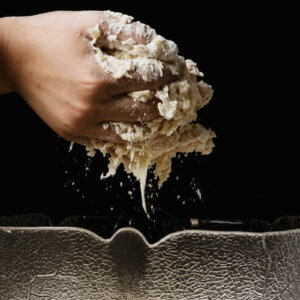
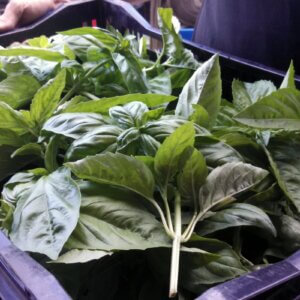

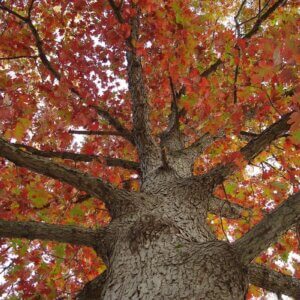
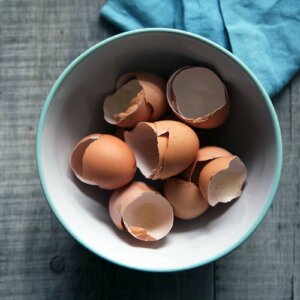
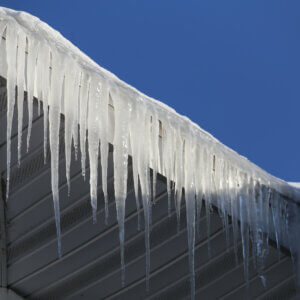


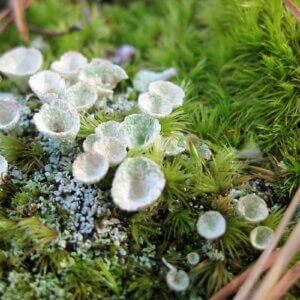

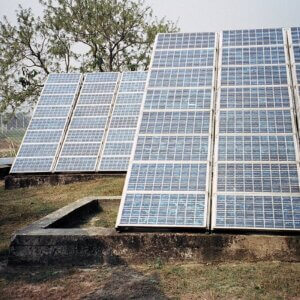

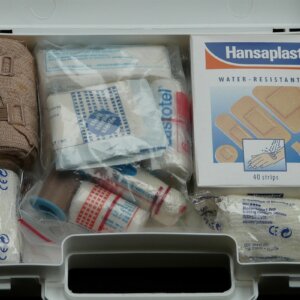

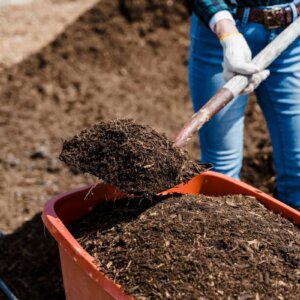


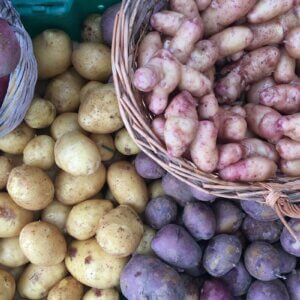

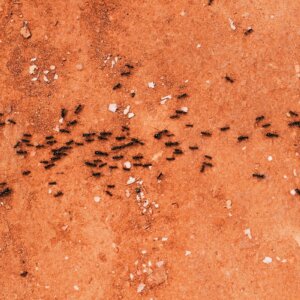
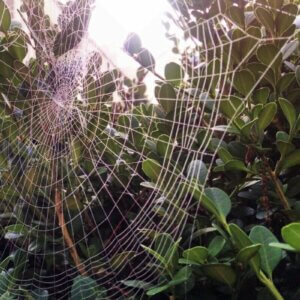
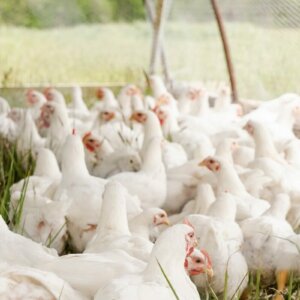
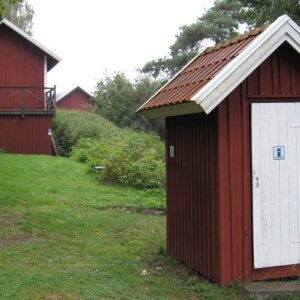
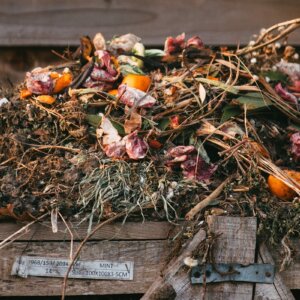



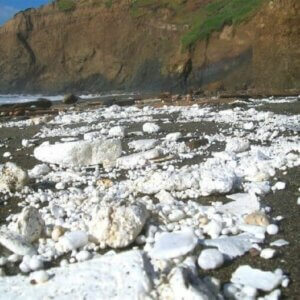


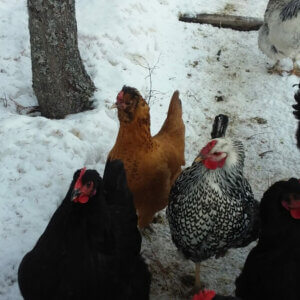



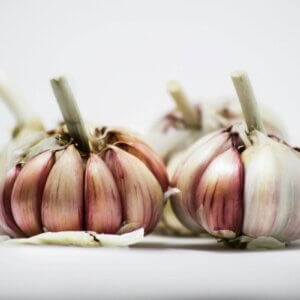

Leave a Reply